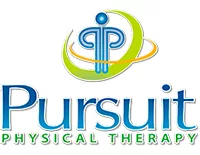Ankle Support
- No painful injections
- No unnecessary surgery
- No expensive medications
Ankle Support
- No painful injections
- No unnecessary surgery
- No expensive medications
Types of Ankle Support
When choosing ankle support, patients should consider several factors. Ankle support for injured patients will vary from preventative ankle support. Stronger, more specialized ankle support devices may be used for demanding physical activity such as sports. Generally, patients with a greater need for ankle support will require more rigid devices. Primary types of ankle support include:- Soft ankle braces, such as compression socks and elastic bandages
- Lace-up braces, which offer adjustable levels of pressure and support
- Rigid braces, most commonly used for injury rehabilitation
Prevent Ankle Rolling
“Rolling” of the ankle is a common term used to describe inversion and eversion. Ankle inversion occurs when the ankle rotates outward, causing the bottom of the foot to turn inward. Eversion is the opposite motion, where the ankle rotates inward, causing the bottom of the foot to turn outward. Ankle rolling is a common form of injury. A number of semi-rigid and rigid braces provide support on the side of the ankles to prevent rolling, which may cause injury or worsen existing injury.Soft Ankle Braces
Soft ankle braces are the most common type of mild-to-moderate ankle support. Soft ankle braces are designed to apply pressure to the ankle while keeping the area warm. Soft ankle braces provide less movement restriction than other types of ankle support. Pull-on compression socks and elastic bandages are common types of soft ankle braces. These braces can be found in local retail stores, such as drugstores.Lace-Up Braces
Lace-up braces are typically semi-rigid. As a result, they offer more ankle support than soft braces without heavily restricting movement. They may consist of a leather, plastic, or canvas shell with laces along the front. Lace-up braces allow for adjustment in tightness around certain areas of the foot and ankle.Rigid Braces
Rigid braces are the most movement-restricting type of ankle support. These braces are often used for ankle support after injury. Stirrup braces are a type of rigid braces that prevent ankle rolling while still allowing the patient’s ankle to move up and down. Rigid braces may also take the form of lace-up braces with hard supports on the sides to prevent rolling. A number of athletes use rigid braces during sports that require demanding movement such as running and jumping. Sources: “Ankle/Foot Support Brace.” Long-Term Living Jan. 2011: 12. Academic OneFile. Web. 16 Mar. 2014. “Customizable ankle support.” Physical Therapy Products Apr. 2012: 10. Academic OneFile. Web. 16 Mar. 2014. “New options sports: ankle brace. (Product News).” Physical Therapy Feb. 2003: 197. Academic OneFile. Web. 16 Mar. 2014.To Get A "Insider's Look" At Our Treatment Approach And How We Get Results...
Click Below To Watch Our Exclusive Webinar! It's Simple, Short, and It's Free!

- Learn The Essential First Step... So You Can Get Pain Free Again
- See Why Treatment Needs To Be Individualized, Not Standardized...So You Get Faster Results!
- Learn How You Can Save Money...So You Don't Have To Waste $1000's On Unnecessary Treatments
Solve the root cause of your pain
How Our Treatment is Different
We believe that working with a specific specialist for your care is the best way to solve the root cause of your pain. Work one-on-one with a Doctor of Physical Therapy every time your visit our office.
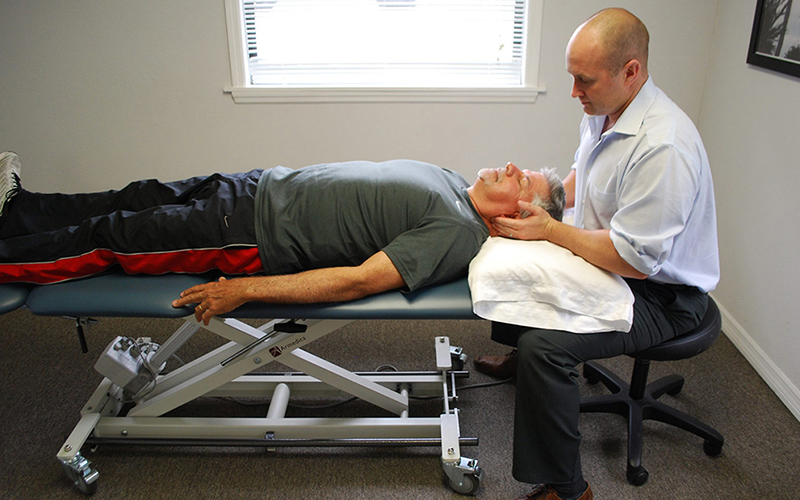
Exclusive one-on-one patient care
While most clinics will give you a limited amount of time with your Doctor, we believe that true results come from consistent one-on-one therapy.
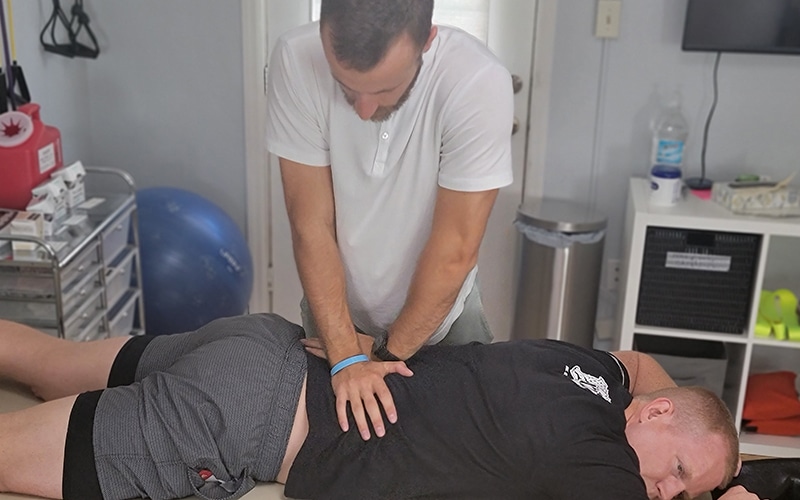
Work with your specialist every visit
Stop being handed off to trainees or non-Doctors for your Physical Therapy. At Pursuit, you'll work exclusively with your Doctor of Physical Therapy that specializes in your specific needs.
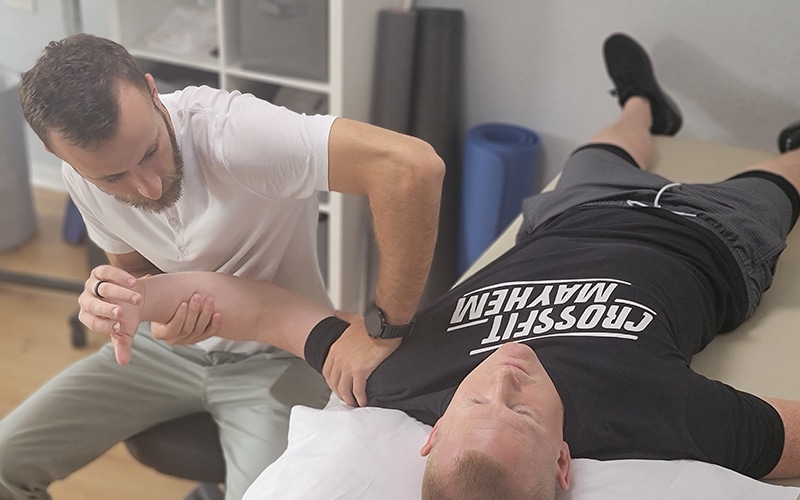
24/7 messaging access to your specialist
Ever have an issue or questions? We're here to help. Get 24/7 access to your specialist while you're under our care. Physical Therapy doesn't just happen when you're in our clinic, so we're here for you when you need us.
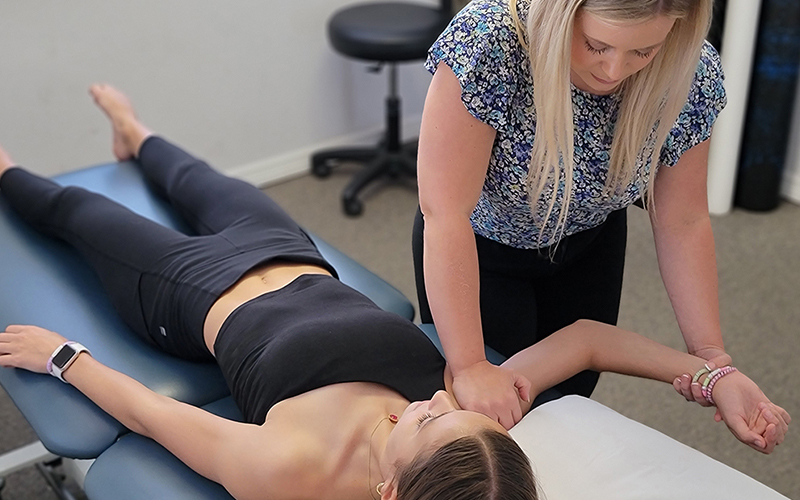
No waiting periods
Get off that waiting list and get the treatment you need. We're always ready to accept new patients, so you can get better faster and get back to a pain-free life that you deserve.
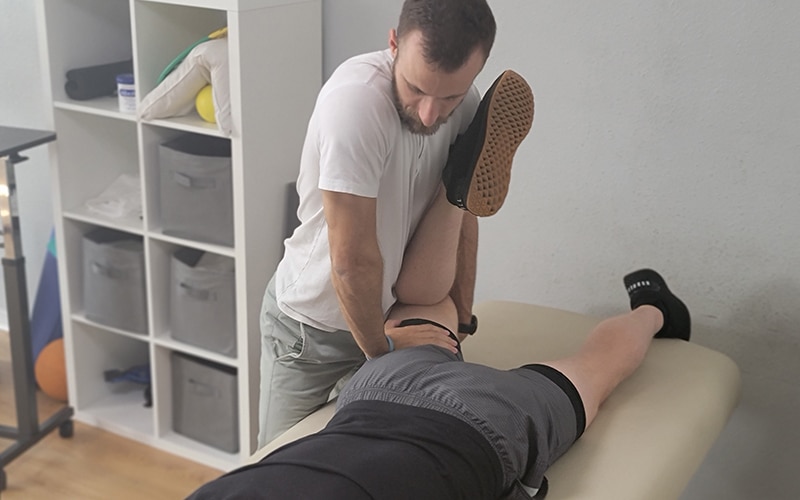
Not limited by insurance
Don't let the insurance companies tell you how much treatment you need. Avoid the limitations of short sessions that insurance provides and work with our Doctors when you need it and for as long as you need it.
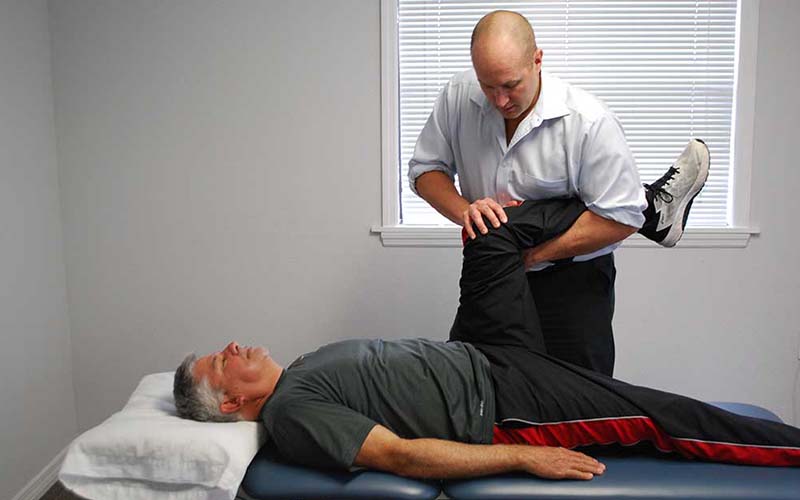
No painful injections, no expensive medications, no surgery
In order to truly solve your pain, we use a holistic approach to Physical Therapy, not relying on injections, medications, or surgery. Instead, we'll strengthen your body's weak points that are causing your pain.
MEET THE TEAM

RON MILLER, DPT, OCS, Cert DN
Doctor of Physical Therapy | Board Certified Orthopaedic Physical Therapy Clinical Specialist | Post-Doctoral Orthopaedic Residency Trained | Certified in Dry Needling | Titleist Performance Institute Certified
Dr. Ron Miller is the owner and founder of Pursuit Physical Therapy. His core belief is that it is not about the physician, the physical therapist, or the insurance company: it is about what is truly best for the patient. Dr. Miller started...

CAREY ROTHSCHILD, DPT, OCS, SCS, CSCS, CKTP
Doctor of Physical Therapy and Assistant Professor at the University of Central Florida | Board Certified Orthopaedic Clinical Specialist
| Board Certified Sport Clinical Specialist
Dr. Carey Rothschild is an Assistant Clinical Professor in the Doctor of Physical Therapy Program at the University of Central Florida. Dr. Rothschild earned a Bachelor of Health Science in Physical Therapy in 1999 from the University of Florida and a Doctor of Physical Therapy from Boston University in 2005...


MICHAEL FABRICK, DPT, Cert. DN
Doctor of Physical Therapy | Certified in Dry Needling | Pursuit Sports Performance Specialist | Professional Tennis Tour Physical Therapist
Dr. Michael Fabrick was born and raised in Hanover, Pennsylvania and attended Slippery Rock University where he received his Bachelor’s degree in Exercise Science. He then went on to receive his Doctorate Degree in Physical Therapy in May of 2020. During his final tenure as a Doctoral intern, he trained underneath Todd Ellenbecker, who is one of the world’s leading experts on shoulder rehabilitation and is the Vice President of Medical Services for the ATP World Tour...

MARYANN DANIELS, PT, MCMT, IDN
Physical Therapist | Dry Needling Certified | Mastery Certified In Manual Therapy | Pelvic Floor And Post Partum Specialist
Maryann was originally born in Connecticut but moved to Florida with her family at the age of 9 and she grew up in Jupiter, Florida. She then went to college at the University of Central Florida...


Kayla Cook, DPT, HSP, CSCS
Doctor of Physical Therapy | Hesch Sacroiliac Practitioner | Certified Strength And Conditioning Specialist | Ehlers-Danlos Syndrome Specialist | Volleyball Specialist
Dr. Kayla Cook was born and raised in Northern California and received her undergraduate degree in Kinesiology from California State University in Sacramento. She then received her Doctorate in Physical Therapy from The University of St Augustine for Health Sciences...
To Get A "Insider's Look" At Our Treatment Approach And How We Get Results...
Click Below To Watch Our Exclusive Webinar! It's Simple, Short, And It's Free!

- Learn The Essential First Step...So You Can Get Pain Free Again
- See Why Treatment Needs To Be Individualized, Not Standardized...So You Get Faster Results
- Learn How You Can Save Money...So You Don't Have To Waste $1000's On Unnecessary Treatments
BECOMING PAINFREE IS EASIER THAN YOU THINK

Step 1:
Call our expert team.

Step 2:
We’ll work with you to find and treat the root of your pain.

Step 3:
Get back to doing what you love.
